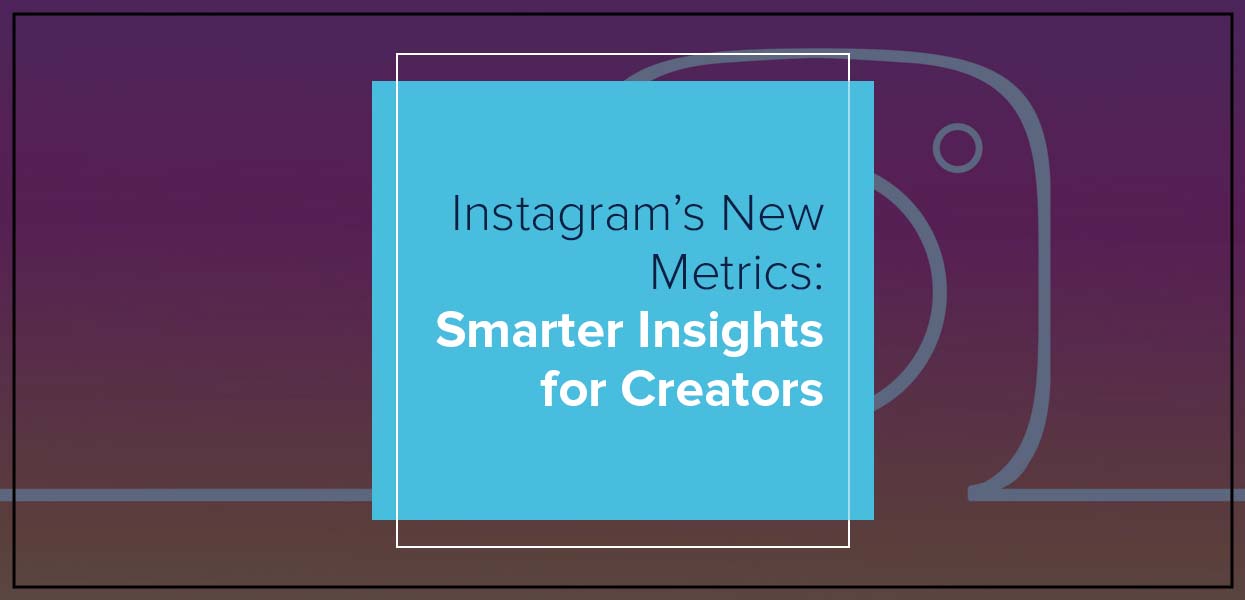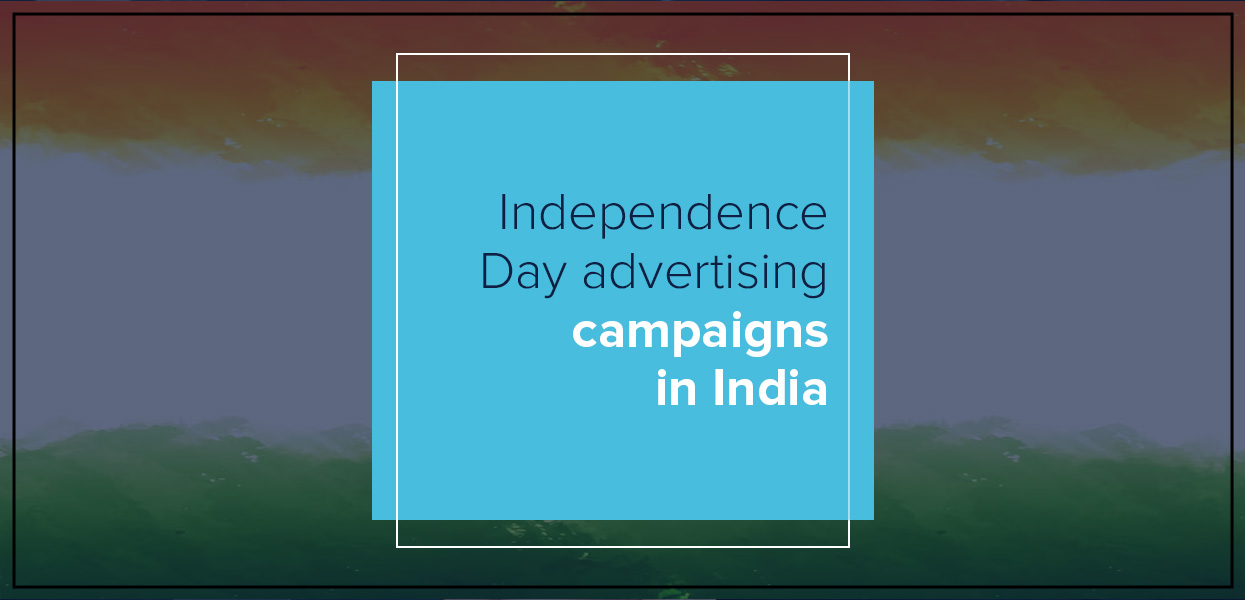Google Ads for Schools: Budgeting, Bidding & Messaging That Converts

Parents don’t wait for newspaper ads or hoardings anymore. They Google.
They search things like:
“best CBSE school near me”
“Nursery Admissions 2025 Delhi”
“boarding school with sports facilities”
And if your school isn’t showing up when they’re looking, someone else is.
That’s where Google Ads comes in. Done right, it puts your school right in front of the right people: parents who are actively looking, ready to visit, or already comparing options.
But here’s the catch: most schools either burn their budgets too fast or run generic ads that don’t convert. The goal isn’t just traffic, it’s getting qualified leads: tours booked, enquiry forms filled, prospectuses downloaded.
In this guide, we’ll break down three pillars of a successful school ad campaign:
Budgeting smartly so every rupee works harder
Bidding the right way at each stage
And crafting messaging that actually makes parents click, not scroll past
Let’s get into it.
Setting the Right Budget (Without Burning Through It)
Let’s clear this up: you don’t need a massive budget to run effective Google Ads for your school. But you do need a smart one.
Start with a test phase. The goal is to gather data, understand what’s working, and adjust. Don’t try to run everything at oncefocus on campaigns that target parents actively searching for schools like yours.
Here’s a simple way to split your spend:
The majority of high-intent Search campaigns (where parents are already in decision mode)
A smaller share on Display or YouTube (to build awareness)
A portion on remarketing (to bring back people who’ve already visited your site)
Geo-targeting is just as important as how much you spend. Prioritize locations where your ideal families actually live. Skip areas that won’t convert or are too far from your campus.
And here’s the thing: Budgeting isn’t a one-time decision. Track results weekly. Shift more funds toward what’s converting. Cut what isn’t. You’re not guessing you’re tuning a performance engine.
Bidding Strategies That Actually Work for Schools
Throwing money at keywords won’t get you results. What matters is how you bid, and when.
If you’re just starting out and don’t have much data yet, go with Maximize Clicks. It helps you get traffic quickly so you can see what’s working. But don’t stay here too long. This strategy doesn’t care whether the clicks convert; it just tries to get you more of them.
Once you’ve got a decent amount of conversions coming in, form fills, calls, tour bookings, switch to a smarter bidding strategy like Maximize Conversions or Target CPA. These options prioritize quality over quantity, using Google’s machine learning to get your ad in front of parents who are more likely to take action.
What about Manual CPC? Honestly, skip it unless you really know what you're doing or want to bid on branded keywords like your school’s name. It takes too much time and usually underperforms unless tightly controlled.
A few quick rules:
Let campaigns run long enough to collect real data before changing bids
Don’t panic if the results aren’t perfect in the first week, Google’s algorithm needs time to learn
Avoid pausing and restarting campaigns too often; it resets the learning
Bottom line? Smart bidding works when your goal isn’t just traffic, but actual admissions.
Keywords & Targeting: Avoid Wasted Spend
Most schools waste a chunk of their budget on the wrong people. Why? Because they go broad, really broad. Terms like “schools in India” or “education system” might sound relevant, but they’ll pull in unqualified traffic fast.
What you want are high-intent, specific keywords. Think like a parent:
“Best CBSE school in Faridabad.”
“Nursery admission 2025 near me.”
“Private school with hostel facility.”
These are people who are already in the decision-making zone. That’s who your ads should talk to.
Now, equally important: negative keywords. These are your filters. Words like “jobs,” “online classes,” or “free courses” can eat your budget without bringing in a single enquiry. Exclude them right from the start.
Also, use location targeting wisely. Show ads only in areas that make sense for your school’s catchment. There's no point advertising a Delhi-based school to someone sitting in Pune unless you offer boarding.
Want to go a step further? Use audience layering. With Google Ads, you can target:
Parents specifically
People who’ve recently searched school-related terms
Visitors who’ve been to your website before (remarketing)
Done right, keyword and audience targeting becomes a filter that removes noise—so your budget is focused only on the people who matter.
Messaging That Gets Clicks and Converts
You’ve got the budget. You’ve got the targeting. But none of that matters if your ad copy sounds like every other school ad out there.
Generic messaging like “Top school in Delhi” or “Admissions Open Now” won’t cut it. Parents scroll past that. They’ve seen it a hundred times before.
What works? Clarity, relevance, and emotion.
Lead with what actually matters to your audience:
“Safe, nurturing environment for early learners.”
“Boarding school with world-class sports and academics.”
“Admissions Open for 2025. Limited Seats for Nursery to Class 5”
Your headline should grab attention fast. The description should give a reason to click. And your CTA needs to feel like a real action step, not a corporate slogan:
“Book a Campus Visit”
“Download the Prospectus.”
“Talk to Our Admissions Team.”
Localising your message helps. If your school is in Gurugram, say so. If you focus on holistic development or offer an international curriculum, highlight that. Avoid vague promises. Get specific.
And remember, your landing page needs to match your ad. If the ad promises a tour, the page should make it easy to schedule one. No parent wants to click and then go hunting for what they were promised.
This is where most schools go wrong. They treat messaging like an afterthought. But it’s the part that turns interest into action.
Landing Pages: Where Most Schools Lose Leads
Sending ad traffic to your homepage is a mistake. It’s cluttered, generic, and often forces parents to dig for what they want.
If your ad is about Nursery Admissions 2025, the landing page should be about Nursery Admissions 2025. No distractions. No scrolling through alumni photos or school history unless it supports the pitch.
Here’s what a high-converting landing page should include:
A clear, benefit-driven headline that matches the ad
A brief section on your programs or offerings
Testimonials or parent/student reviews
A visible contact form with a real CTA
Optional: a downloadable brochure or prospectus
Click-to-call button or WhatsApp integration
Mobile-first design (most parents will view it on their phone)
Think of your landing page as a digital admissions counselor. It should inform, reassure, and prompt the next step all in one scroll.
Tracking, Reporting, and Optimizing
You can’t improve what you don’t track. And yet, a lot of school campaigns run blind with no conversion tracking, no analytics, and no idea what’s working.
At minimum, you should be tracking:
Form submissions
Phone calls from the ad or landing page
Use Google Ads built-in conversion tracking to start. Then link your account with Google Analytics to get deeper insights.
What to check every week:
Which keywords are bringing conversions
Which campaigns are wasting spend
CTR (click-through rate) and conversion rate
Performance across devices and locations
A/B test results for ad copy and landing pages
The goal isn’t to launch a perfect campaign. The goal is to launch, learn, and improve.
Common Mistakes Schools Make With Google Ads
Let’s be blunt. These mistakes cost money and leads.
Sending traffic to the homepage instead of a focused landing page
Using broad, generic keywords that invite irrelevant clicks
Running Display ads with no remarketing
Writing ad copy with no hook, no USP, and no CTA
Skipping conversion tracking
Changing bids or budgets too frequently, without letting campaigns stabilise
Treating ads like a one-time setup instead of an ongoing process
Avoid these, and you’re already ahead of most schools running Google Ads.
Final Thoughts: The Schools That Win Are the Ones That Iterate
There’s no one-size-fits-all campaign. What works for a boarding school in Dehradun won’t work for a preschool in South Delhi.
But the schools that consistently win? They experiment. They track what’s working. They refine, adapt, and double down on what gets results.
It’s not about having the biggest budget. It’s about using your budget with purpose. Testing headlines. Adjusting bids. Refining targeting. Tightening your message. Bit by bit, you build a machine that doesn’t just get clicks but enrolments.
If you're ready to stop guessing and start generating real leads through Google Ads, Uniworld Studios can help.
We don’t do generic campaigns. We build ads that speak to your audience, track every step, and convert interest into action.
Let’s build something that fills classrooms, not just clicks.
Categories
- Digital Marketing
- Website Development
- Graphic Design
- Content Writing
Latest Posts
-
- Essential Marketing & Advertising Keywords 2025



